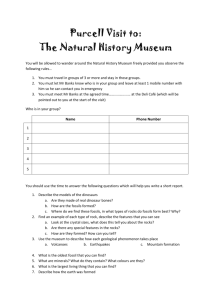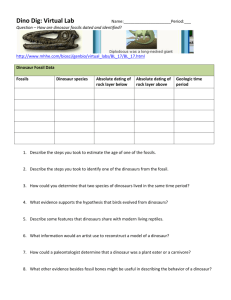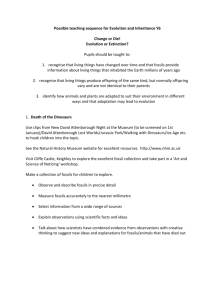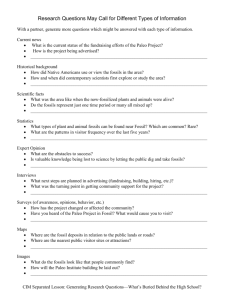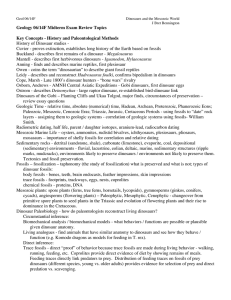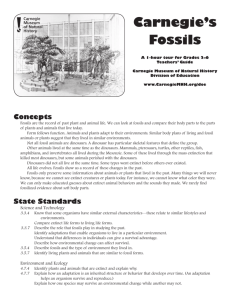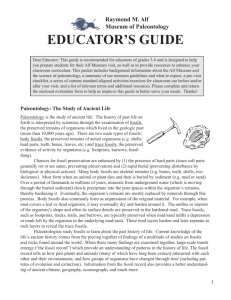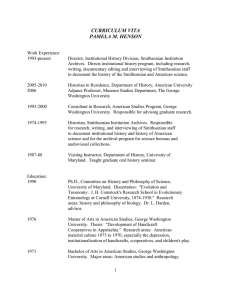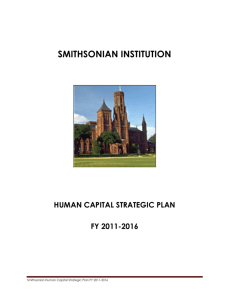4-8 Virtual Dinosaur Dig
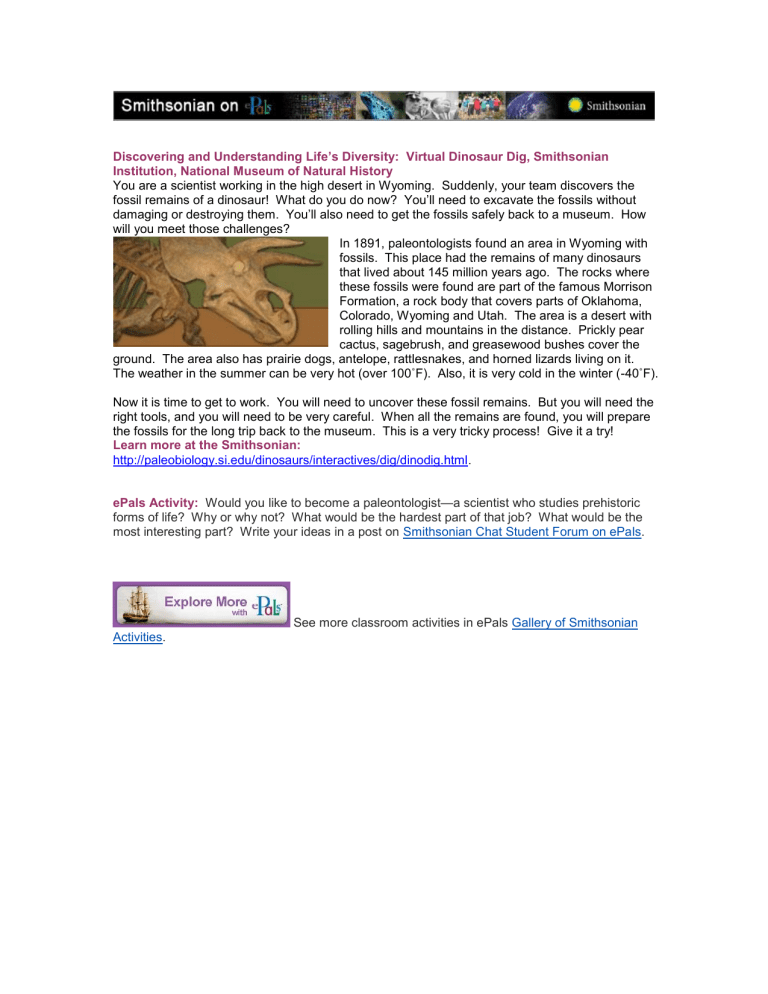
Discovering and Understanding Life’s Diversity: Virtual Dinosaur Dig, Smithsonian
Institution, National Museum of Natural History
You are a scientist working in the high desert in Wyoming. Suddenly, your team discovers the fossil remains of a dinosaur! What do you do now? You’ll need to excavate the fossils without damaging or destroying them. You’ll also need to get the fossils safely back to a museum. How will you meet those challenges?
In 1891, paleontologists found an area in Wyoming with fossils. This place had the remains of many dinosaurs that lived about 145 million years ago. The rocks where these fossils were found are part of the famous Morrison
Formation, a rock body that covers parts of Oklahoma,
Colorado, Wyoming and Utah. The area is a desert with rolling hills and mountains in the distance. Prickly pear cactus, sagebrush, and greasewood bushes cover the ground. The area also has prairie dogs, antelope, rattlesnakes, and horned lizards living on it.
The weather in the summer can be very hot (over 100˚F). Also, it is very cold in the winter (-40˚F).
Now it is time to get to work. You will need to uncover these fossil remains. But you will need the right tools, and you will need to be very careful. When all the remains are found, you will prepare the fossils for the long trip back to the museum. This is a very tricky process! Give it a try!
Learn more at the Smithsonian: http://paleobiology.si.edu/dinosaurs/interactives/dig/dinodig.html
. ePals Activity: Would you like to become a paleontologist —a scientist who studies prehistoric forms of life? Why or why not? What would be the hardest part of that job? What would be the most interesting part? Write your ideas in a post on Smithsonian Chat Student Forum on ePals .
See more classroom activities in ePals Gallery of Smithsonian
Activities .




